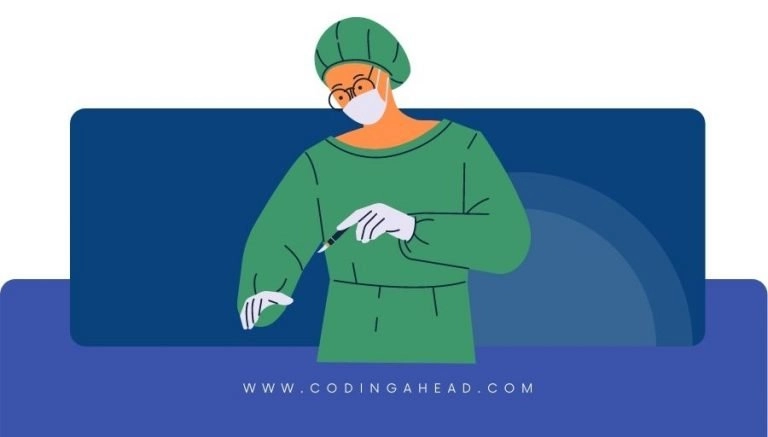How To Use CPT Code 42870
CPT 42870 describes the excision or destruction of the lingual tonsils, which are located on the dorsal surface of the base of the tongue. This article will cover the description, procedure, qualifying circumstances, appropriate usage, documentation requirements, billing guidelines, historical information and billing examples.
1. What is CPT Code 42870?
CPT 42870 can be used to describe the excision or destruction of the lingual tonsils, which are lymphoid tissue located at the posterior region of the tongue. This procedure is performed by a healthcare provider using various methods such as a scalpel, electrocautery, snare, laser ablation, suction debrider, or radiofrequency ablation. The purpose of this procedure is to remove or destroy enlarged lingual tonsils that may be obstructing the airway passage.
2. Official Description
The official description of CPT code 42870 is: ‘Excision or destruction lingual tonsil, any method (separate procedure).’ This code should not be reported when performed along with a related procedure in the same anatomic area or through the same incision, orifice, or surgical approach. For resection of the nasopharynx, a different code should be used.
3. Procedure
- The healthcare provider uses a flexible endoscope or laryngoscope to visualize the back of the mouth and identify the lingual tonsils.
- Using the selected method (scalpel, electrocautery, snare, laser ablation, suction debrider, or radiofrequency ablation), the provider removes or destroys the lingual tonsils.
- The procedure may involve debriding the tissue, using electrocautery to control bleeding or seal the tissue, using laser ablation to destroy abnormal tissue, or using radiofrequency ablation to destroy areas of abnormal, damaged, or diseased tissue.
4. Qualifying circumstances
CPT 42870 is performed on patients with enlarged lingual tonsils that are causing airway obstruction. The procedure is typically performed by a healthcare provider who specializes in otolaryngology or head and neck surgery. The specific method used may vary depending on the provider’s preference and the patient’s condition.
5. When to use CPT code 42870
CPT code 42870 should be used when the healthcare provider performs the excision or destruction of the lingual tonsils as a separate procedure. It should not be reported when performed along with a related procedure in the same anatomic area or through the same incision, orifice, or surgical approach.
6. Documentation requirements
To support a claim for CPT 42870, the healthcare provider must document the following information:
- Reason for the procedure, including the presence of airway obstruction caused by enlarged lingual tonsils
- Method used for the excision or destruction of the lingual tonsils
- Date of the procedure
- Any complications or additional procedures performed
- Signature of the healthcare provider performing the procedure
7. Billing guidelines
When billing for CPT 42870, ensure that the procedure is performed as a separate procedure and not in conjunction with a related procedure. If the procedure is performed with an unrelated procedure, modifier 59 should be appended to the code to indicate that it is a distinct procedural service. However, be sure that the documentation supports the procedure as a separate procedure and not part of another related procedure. Modifier 59 should not be confused with modifier 51, which is used for reporting multiple procedures.
8. Historical information
CPT 42870 was added to the Current Procedural Terminology system on January 1, 1990. There have been no updates to the code since its addition.
9. Examples
- A healthcare provider using a scalpel to excise enlarged lingual tonsils in a patient with airway obstruction.
- A provider utilizing electrocautery to destroy abnormal lingual tonsil tissue in a patient with airway obstruction.
- A surgeon using a snare to remove enlarged lingual tonsils in a patient with airway obstruction.
- A specialist performing laser ablation to destroy abnormal lingual tonsil tissue in a patient with airway obstruction.
- A provider using radiofrequency ablation to remove enlarged lingual tonsils in a patient with airway obstruction.



